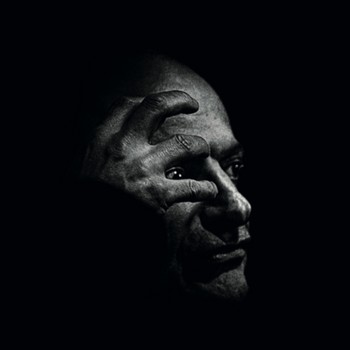
Antoine D'Agata
His photographic work is a subjective, relentless account of the world we live in, day and night. He made a strong impression with his exhibition Anticorps, at BAL, Paris, in 2013. He is a member of the Magnum Photos agency and his work is represented by the Galerie des Filles du Calvaire in Paris.
The photographer has always strived to pierce norms and boundaries, to experience society not as a whole to be documented, but as a magma to be penetrated without sparing oneself. His big question, extended by such disconcerting topical clichés, is that of obscenity in the strict sense of the term. Obscene: that is or should be kept offstage, from where we look.
French, born in Marseille in 1961. At the age of 17, Antoine d'Agata interrupted his studies to live in the world of nightlife. For twelve years, he lived and traveled in a dozen countries. In 1991, while living in New York with no photographic experience, he enrolled at the ICP and studied with Larry Clark and Nan Goldin, among others. In 1993, he stopped photographing, moved to France and worked as a bricklayer and bartender until 1998. In 1998, he published his first books, De Mala Muerte and Mala Noche. The following year, he joined Christian Caujolle's Vu gallery. In 2001, he was awarded the Prix Niépce. September 2003 saw the opening of the 1001 Nuits exhibition in Paris, accompanied by the publication of two books, Vortex and Insomnia. In 2004, he joined the Magnum agency, published his fifth book, Stigma, and made his first short film, Le Ventre du Monde. The following year he published Manifeste. In 2006, the photographer shot his second film, Aka Ana, in Tokyo. Since 2005, Antoine d'Agata has lived and photographed all over the world.
Antoine d'Agata has set up his own publishing house, Studio Vortex, with which he has published Manifesto (2017), Acéphale (2018), S.T.A.S.I.S. (2019), and his new opus VIRUS released on October 29, 2020. A Bacon / D'Agata book has just been published by Editions The Eyes, with texts by Perrine Le Querrec and Léa Bismuth.
